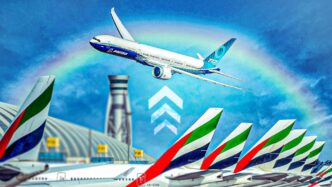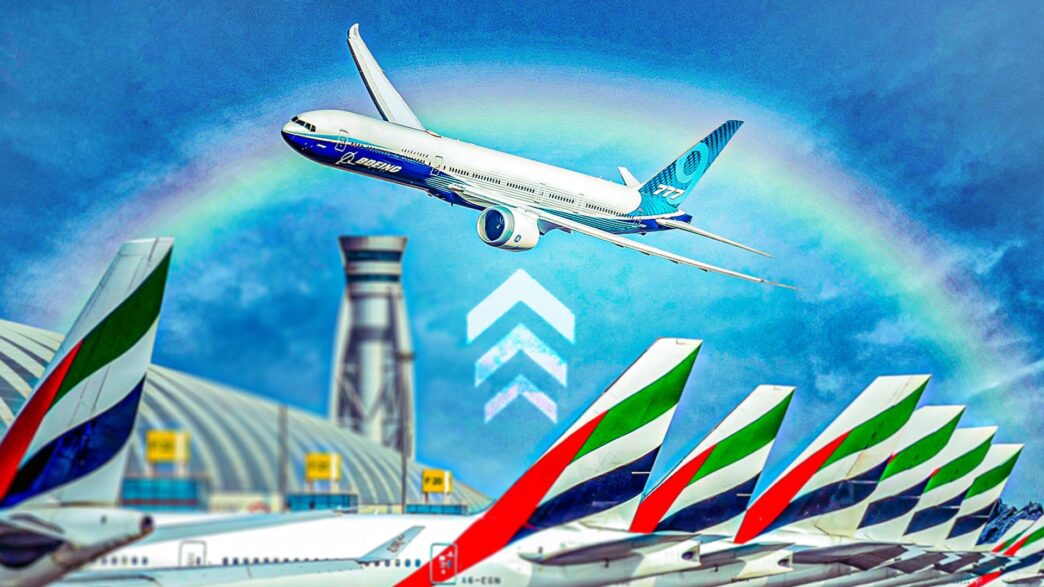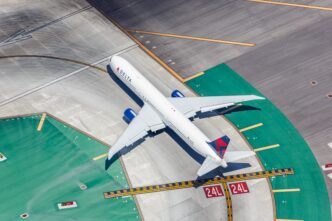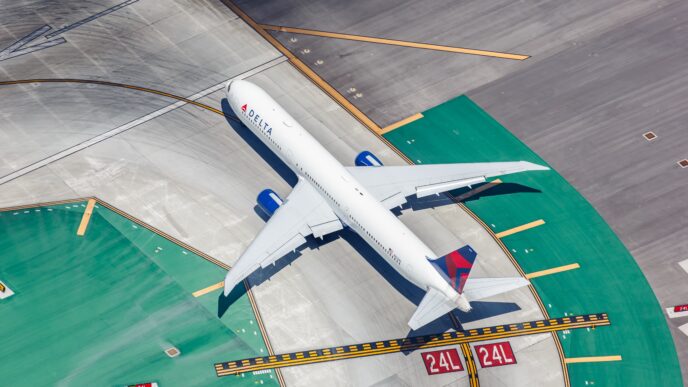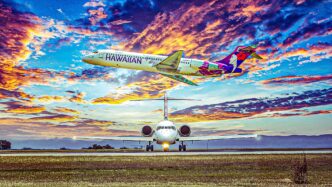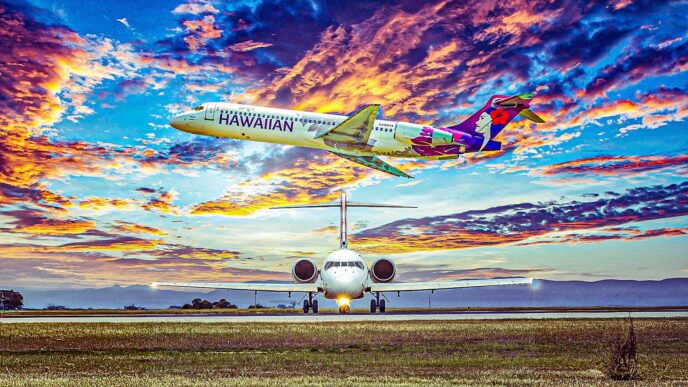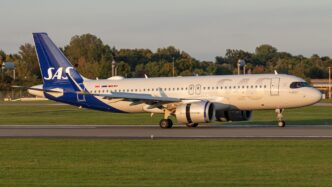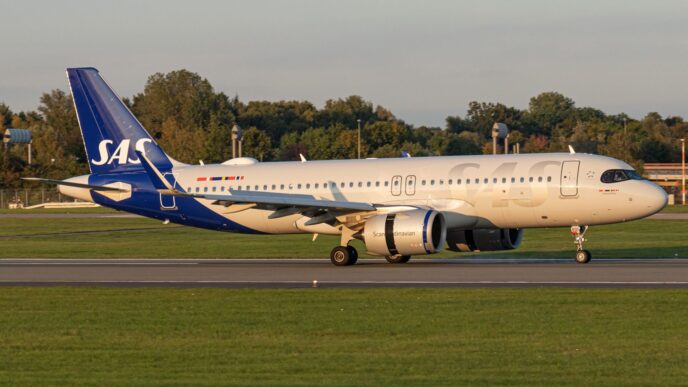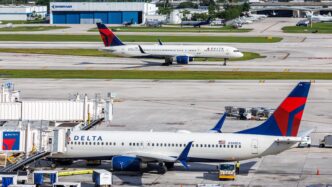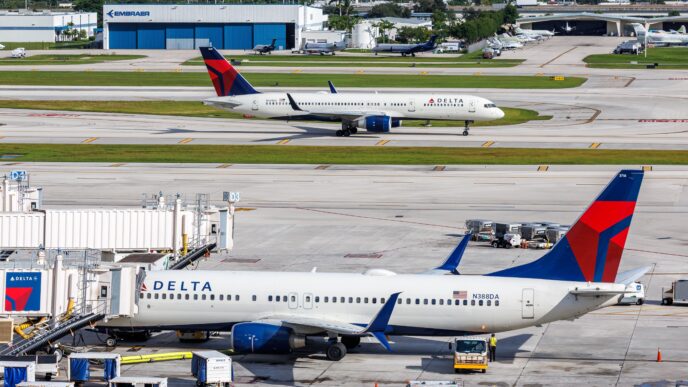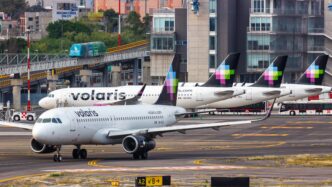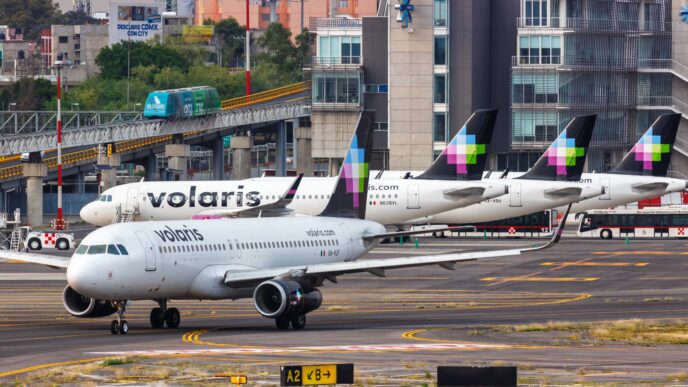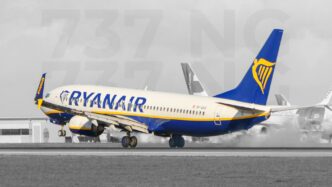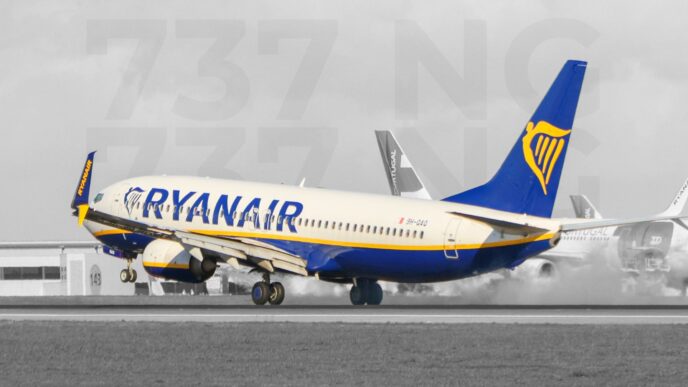Since its inception in the mid-1980s, Emirates has skyrocketed to become one of the world’s leading international airlines. Operating out of its hub in Dubai, the airline now reaches destinations across nearly every continent, thanks to its impressive fleet of widebody aircraft. Emirates is renowned for being the largest operator of the Airbus A380 and a major player with the Boeing 777, both of which have been pivotal in its global expansion. As the appetite for long-haul travel continues to rise, Emirates has strategically grown its fleet with substantial aircraft orders. Recently, the airline has focused on the next generation of Boeing widebodies, including the 777X family and an expanded order for 787 Dreamliners.
Emirates’ journey began in March 1985, following Gulf Air’s decision to cut back on services to Dubai. Starting with just two aircraft—a wet-leased Airbus A300B4-200 and a Boeing 737-300 from Pakistan International Airlines—the airline initially connected Dubai with Karachi and Mumbai. By 1986, Emirates had already expanded its network to include Colombo, Dhaka, Amman, and Cairo. The acquisition of its first owned aircraft, an Airbus A310, in 1987 enabled the airline to launch services to Europe and Asia, reaching cities like Frankfurt, London Gatwick, Singapore, and Hong Kong. The airline’s growth was nothing short of meteoric, averaging around 30% annually in its early years. By the early 1990s, Emirates had secured coveted slots at London Heathrow Airport and capitalized on the increased demand during the Gulf War, continuing operations while others halted.
Fleet expansion was equally rapid. Emirates introduced its first Boeing 777 in 1996 and quickly added longer-range variants, followed by Airbus A330s, Boeing 777-300s, and eventually the 777-300ER. By the early 2000s, the airline had committed to the Airbus A380, setting the stage to become the largest operator of both the A380 and the 777. Today, widebodies are at the heart of Emirates’ growth strategy. According to ch-aviation data, the airline operates 118 Airbus A380s, ten Boeing 777-200LRs, 119 Boeing 777-300ERs, and eight Airbus A350s. Its future plans are equally ambitious, with orders for 57 additional A350s, 15 Boeing 787-10s, 15 Boeing 787-8s, and over 200 Boeing 777X aircraft. The 777X is poised to be the backbone of Emirates’ future fleet, replacing older 777s and A380s and taking over many of their current routes.
#EmiratesAirline #Aviation #Travel #Boeing777X #AirbusA380
Originally reported by Simple Flying Read More
